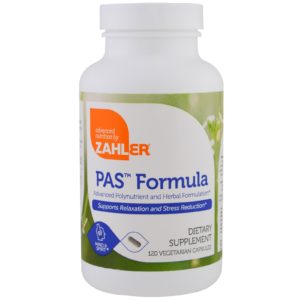The properties of Baikal Skullcap
It is one of the 50 fundamental herbs used in traditional Chinese medicine, where it has the name huángqín (Chinese: 黄芩). As a Chinese traditional medicine, huang qin usually refers to the dried root of S. baicalensis Georgi, S. viscidula Bge., S. amoena C.H. Wright, and S. ikoninkovii Ju.
Several chemical compounds have been isolated from the root; baicalein, baicalin, wogonin, norwogonin, oroxylin A and β-sitosterol are the major ones.
Scutellaria baicalensis is a species of flowering plant belonging to Lamiaceae family It is a heat-clearing, phlegm-removing herb, traditionally used to cool heat, drain fire, clear damp-heat, stop bleeding, calm the fetus, and descend yang. The dry root part of Sc. baicalensis has many pharmacological effects including antipyretic, hepatoprotective, antihypertensive, diuretic, and antibiotic activities. It is mildly sedating and also used to treat dysentery and chronic hepatitis. Sc. baicalensis has distinct effects in the treatment of inflammatory diseases; it alleviates inflammation by decreasing the expression of interleukin (IL)-1b, IL-6, and IL-12, and the production of tumor necrosis factor (TNF)-α and soluble intercellular adhesion molecule-1 (ICAM-1). In Xie xin herbal decoction, huang qin, in combination with huang lian, inhibits nitric oxide (NO) production in vitro and in vivo in lipopolysaccharide (LPS)-stimulated RAW264.7 cells. Oroxylin A, which is a flavonoid found in dried root of Sc. baicalensis, has also shown good anti-inflammatory effect. Moreover, Sc. baicalensis has antibacterial effect against Helicobacter pylori as well as inhibits the growth of Escherichia coli B, coagulase-negative staphylococci, and Saccharomyces cerevisiae(1024).































































